We have already talked in detail about HONOR smartphones of the “200” series – HONOR 200 and HONOR 200 Pro. And they touched on the key feature of these models, an advanced system for shooting portraits, created in collaboration with the French studio Harcourt. Now let’s talk about this function in more detail.
For a long time, the idea of using first a cell phone and then a smartphone to take portraits seemed a little silly. More precisely, there were no problems in photographing people, there was simply no talk about the artistic value of such photographs – based on the sum of factors, where the low level of small sensors used on mobile devices was not even the most important.

Worse were the inability to properly blur the background to highlight the subject and exclusively wide-angle lenses, which are not very well suited for precisely such scenarios due to the inevitable optical distortions. Interestingly, the first barrier was broken by HONOR, which released the 6 Plus smartphone with two cameras, where the second one was used to help create artificial bokeh.
Then, gradually, multi-camera systems became mainstream, and other focal lengths were gradually added to the wide angle – and now we see that smartphones can take portraits quite well.
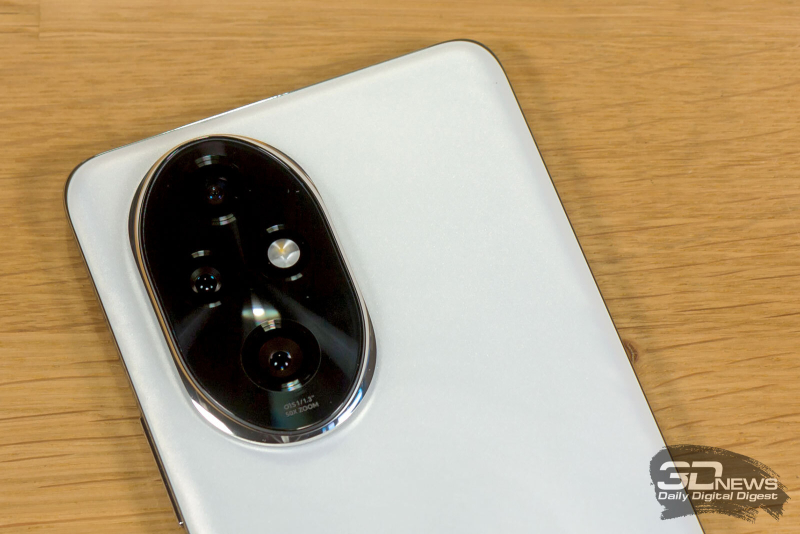
But HONOR 200 Pro is trying to move from “not bad” to “good”, placing emphasis on portraits. It’s not just hardware that comes to the rescue here – a certain number of sensors with a certain number of lenses, supplemented by post-processing. Of course, we have long been in the era of computational photography, supported by rapidly developing AI – and in HONOR 200 Pro, this whole set of factors works specifically for portrait photography.
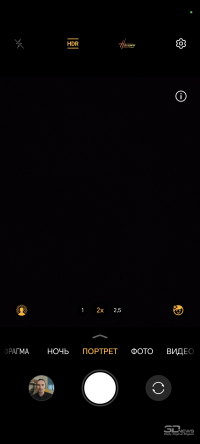
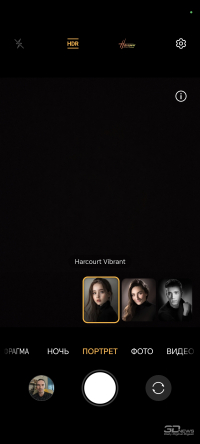

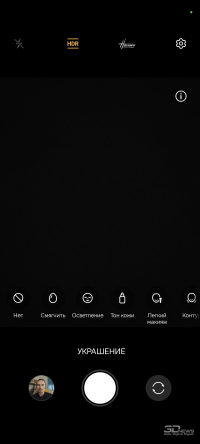
The basic shooting capabilities in this mode are more or less ordinary. There is an artificial blur of the background with the ability to adjust the degree of impact, there is retouching (here – “Decoration Mode”), where you can adjust not only the degree of its impact, but also select specific parameters: skin softening, lightening, skin tone, light makeup, contours face, eye enlargement, nose reduction and head reduction. It should be noted that retouching on the HONOR 200 Pro works more or less softly – even if you turn everything up to the maximum, you can’t get a ridiculous cartoon.

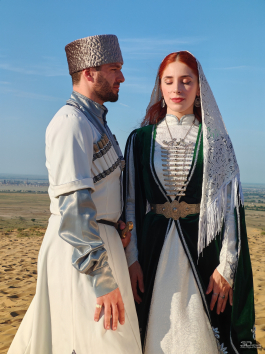

You can shoot portraits using three focal lengths – base, 2x hybrid zoom and 2.5x optical zoom. Of course, it is in this mode that it is better to use zoom shooting, which will minimize optical distortion, and it is also more convenient for the smartphone to “draw” artificial bokeh.
But not for all these features (which, let’s be fair, many other smartphones have, including those in lower price categories) we highlight the HONOR 200 Pro. The fact is that the company created special portrait “profiles” together with the Parisian photography studio Harcourt, known for almost 100 years. And no, this is not a case of a large brand buying the opportunity to use a smaller brand, but with a legendary halo, for the sake of “premium”. The profiles are really very interesting.
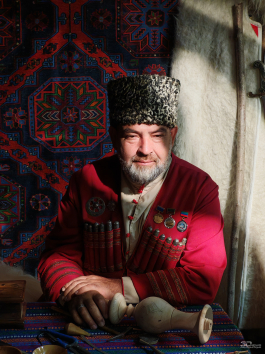
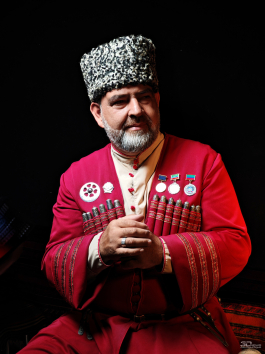
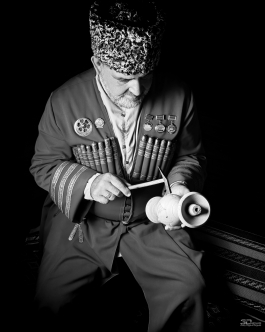
When we talk about profiles, we are talking about the three portrait options that the HONOR 200 Pro offers. Harcourt Vibrant hardly changes colors, but works with the balance of highlights and shadows, making the image appear softer. Harcourt Color simulates vintage cameras, but shoots in color – warm tones, reduced saturation. Harcourt Classic shoots black and white portraits with increased contrast – this is already a classic. You can’t turn them off; you need to choose one of the three – fortunately, the Harcourt Vibrant shoots without much distortion.

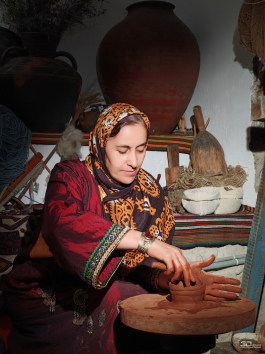

Let me note a few points. Firstly, correct background blur without artifacts along the boundaries of shooting objects (and, as can be seen in the examples, the smartphone also copes well with hats, which is not always the case). Secondly, careful work with sharpness – the skin does not acquire a “plasticine” texture from smoothing, and there is no “oversharpening” (which is often the case with Google Pixel). Thirdly, correct work with skin tone – and regardless of the Harcourt profile, everything looks natural.

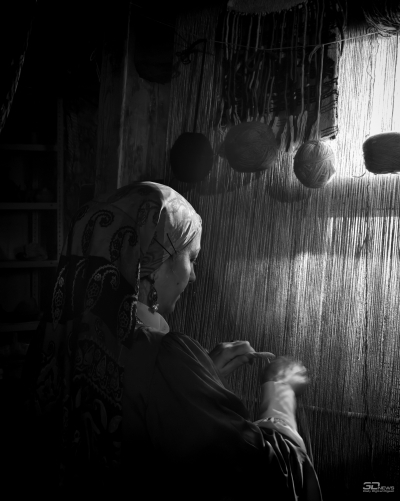
Black and white portraits taken with the Harcourt Classic profile look especially noble. The contrast rises, while the smartphone carefully works with the balance of highlights and shadows, avoiding overexposure or too deep shadows without detail.
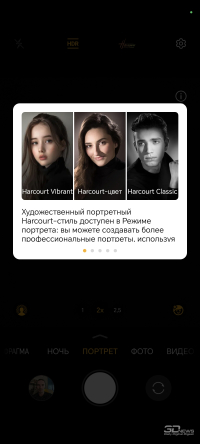



I’ll also add that the HONOR 200 Pro gives several shooting tips when selecting the information icon on the shooting screen – they relate to the description of Harcourt profiles and some basic rules for shooting portraits (like choosing side lighting sources).
Returning to the question asked in the title, it’s still too early to talk about a full-fledged replacement of the camera with a smartphone. Yes, the HONOR 200 Pro demonstrates a high level – portraits look gorgeous on the smartphone screen, you can’t make any special complaints. But when viewing the image on a monitor and during large-format printing, a lack of detail is still visible, and the bokeh lacks the plasticity and interesting pattern characteristic of full-size optics. Smartphones have reached a good level in working with light and color, but in terms of shot separation and sharpness, the mobile device market still has a lot of room for progress.